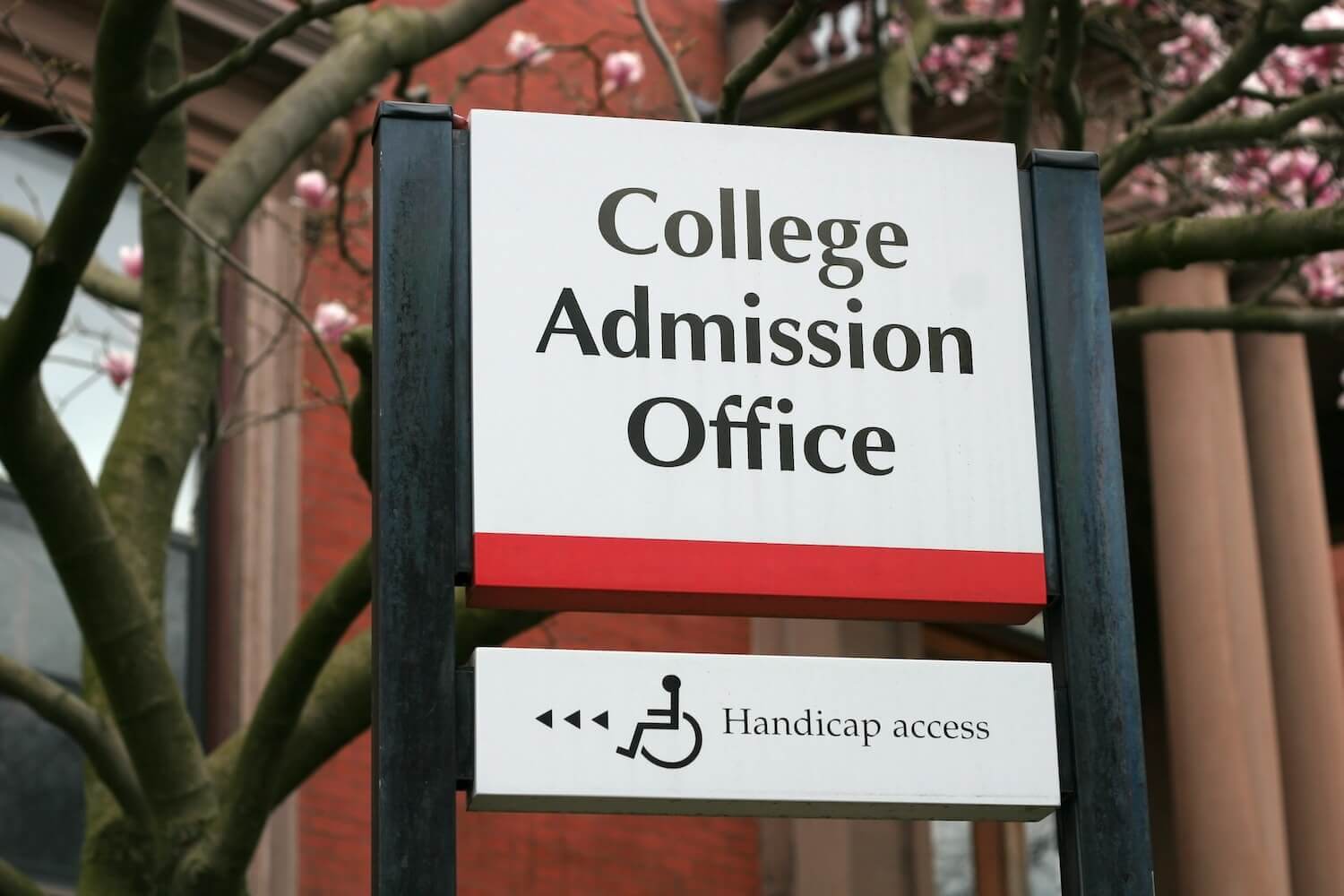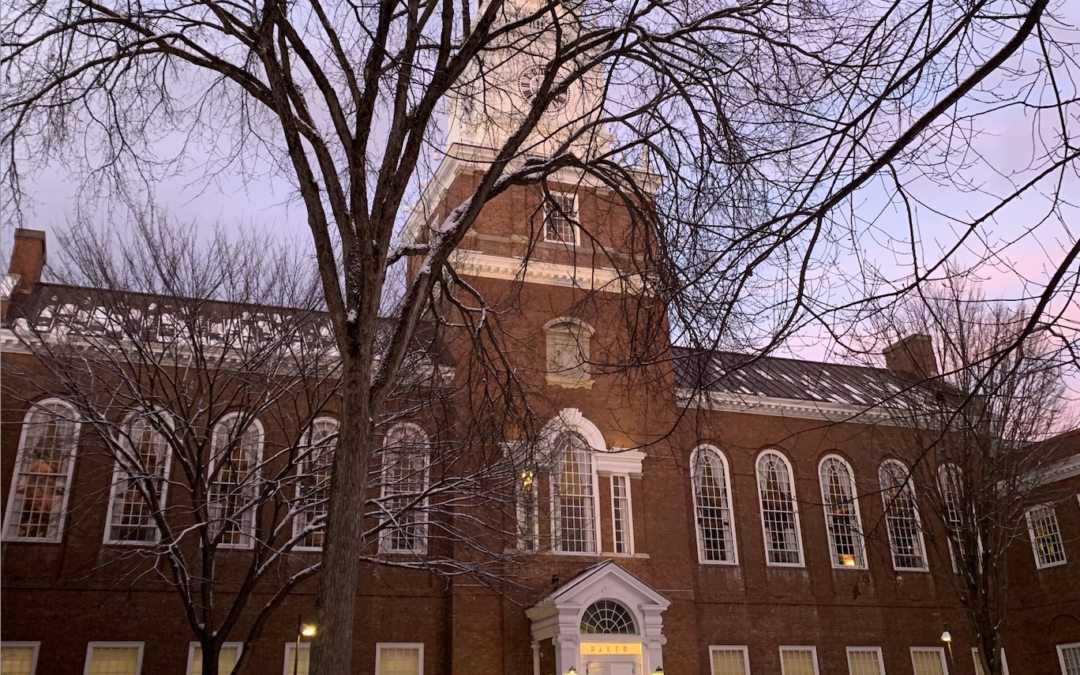Ivy Day is swiftly approaching, and when it arrives, students across the country will receive their Ivy League admissions decisions. Anticipated to be on March 28th, Ivy Day marks the end of months of waiting. Many students are eager to know what they can expect from this cycle’s results. While we cannot be certain of what to expect from one cycle to the next, Early Action (EA) and Early Decision (ED) results can lend insight into the trends we may see in the regular decision round.
As students look forward to the release of admissions decisions, here are three things that EA and ED data indicates about the trends to look for on Ivy Day:
1. Schools reporting ever-larger applicant pools
Students and families should expect to see Ivy League schools report record-breaking applicant pools, a trend that has continued over the last few regular decision cycles at Ivy League schools, as well as in the early cycle in 2023. This is due in large part to the prevalence of test-optional policies at top schools, which tend to result in a greater number of applicants. Larger applicant pools often correlate to smaller acceptance rates. During this year’s early application cycle, Yale announced that they accepted 709 of their 7,856 applicants, amounting to a 9.02% acceptance rate—the lowest in over 20 years, topping the precedent set last cycle. While Columbia did not announce its official acceptance rates for the early application cycle (some numbers should be released in April alongside Regular Decision data), the university noted that their early decision applicant pool increased by 5% over last year’s. Students can expect these competitive schools to announce larger applicant pools for the regular decision round once more. At the same time, with schools such as Dartmouth and Brown reversing their test-optional policies, the 2024-25 application cycle may see applicant pools begin to thin.
2. Top colleges will continue to distance themselves from their reputations for exclusivity.
While the admissions landscape at elite institutions continues to be competitive, many top schools are seeking to distance themselves from their exclusive reputations. Harvard University, for instance, announced in December that their early acceptance rate had risen to 8.74%, up from 7.56% in the 2022–23 early admissions cycle. The percentage of first-generation college students accepted into Harvard’s Class of 2028 increased to approximately 15.5% in this year’s early acceptance pool. While Harvard announced its increased acceptance rate for the early round, other schools, including the University of Pennsylvania and Princeton University, declined to release their admissions data altogether. Princeton Dean of Admissions Karen Richardson articulated the reason for the lack of data during the 2021-22 cycle: “We know from our interactions with prospective students, families, and counselors that highlighting an admission rate and framing the admissions process through a list of statistics instills anxiety and fear. We do not want to discourage prospective students from applying to Princeton because of its selectivity.”
3. Elite schools outside of the Ivy League will become even more competitive.
As it becomes increasingly difficult to secure a coveted acceptance to the Ivy League, and as applicant pools continue to grow, other top schools outside of the Ivy League—such as Emory, Duke, Washington University in St. Louis, Carnegie Mellon, and NYU—are becoming ever more competitive. This trend toward greater exclusivity is already evident—for instance, NYU’s acceptance rate plummeted to 8% for the Class of 2027; ten years ago in 2013, the admissions rate was 35%. In this year’s early decision cycle, Duke reported a record low acceptance rate of 12.9% after receiving over 1,000 more applicants than in any previous Early Decision round (a 28% increase in applicants from 2022).
While it is important to note that EA/ED outcomes are not determinative of Ivy Day results, they serve as important indicators of competitiveness and can often offer valuable insights for students navigating the college admissions process.
Originally published on Forbes.












